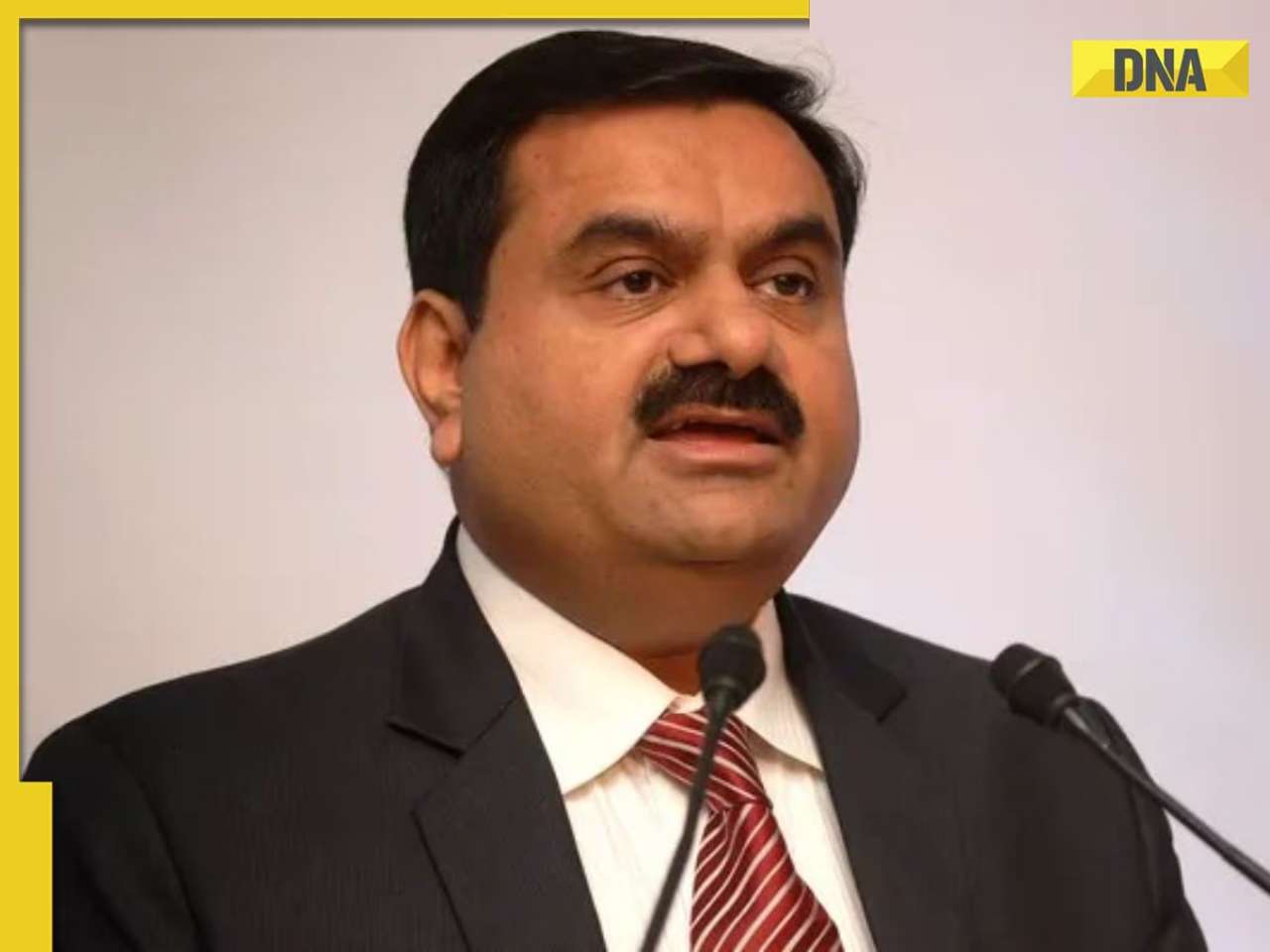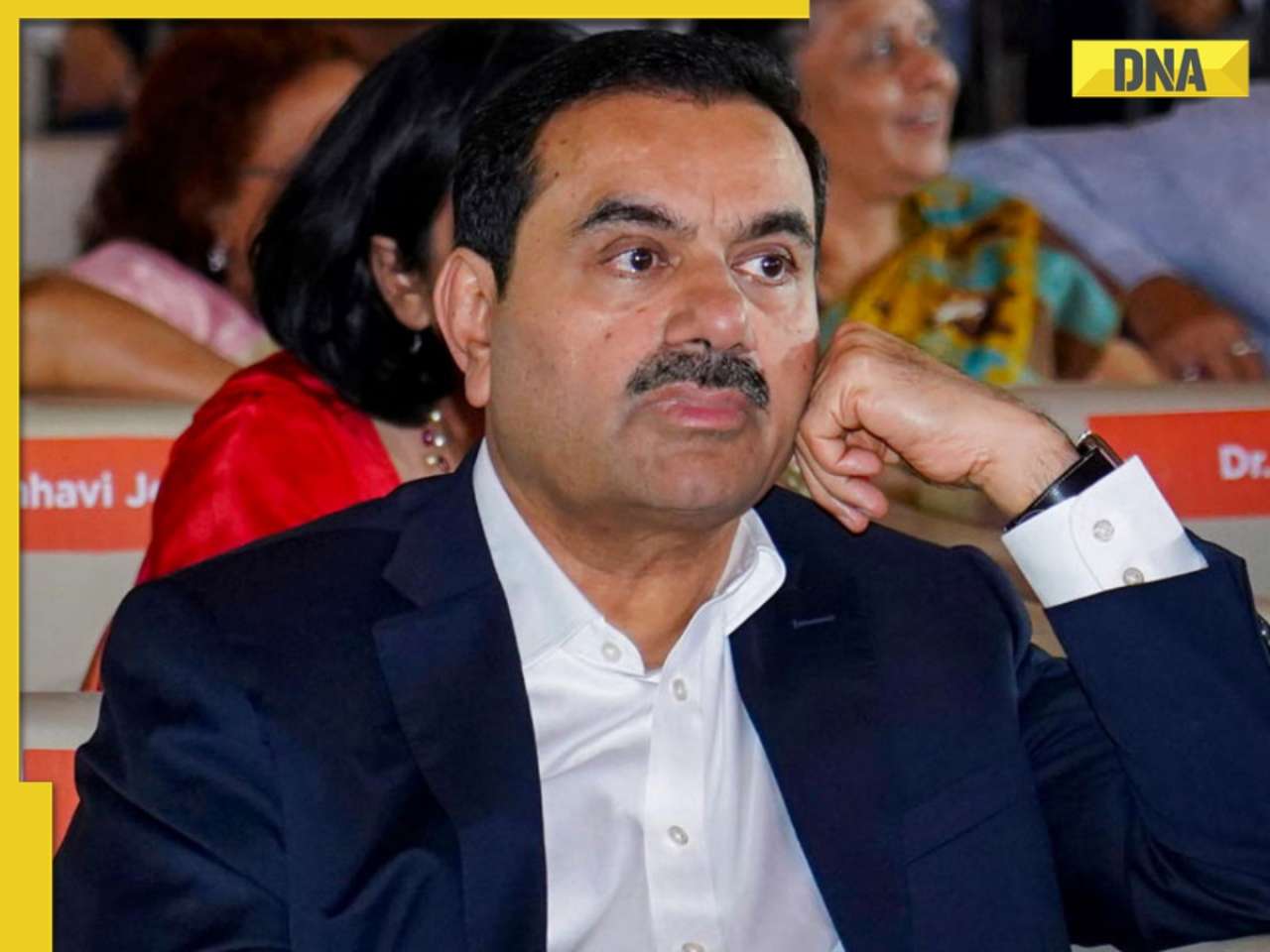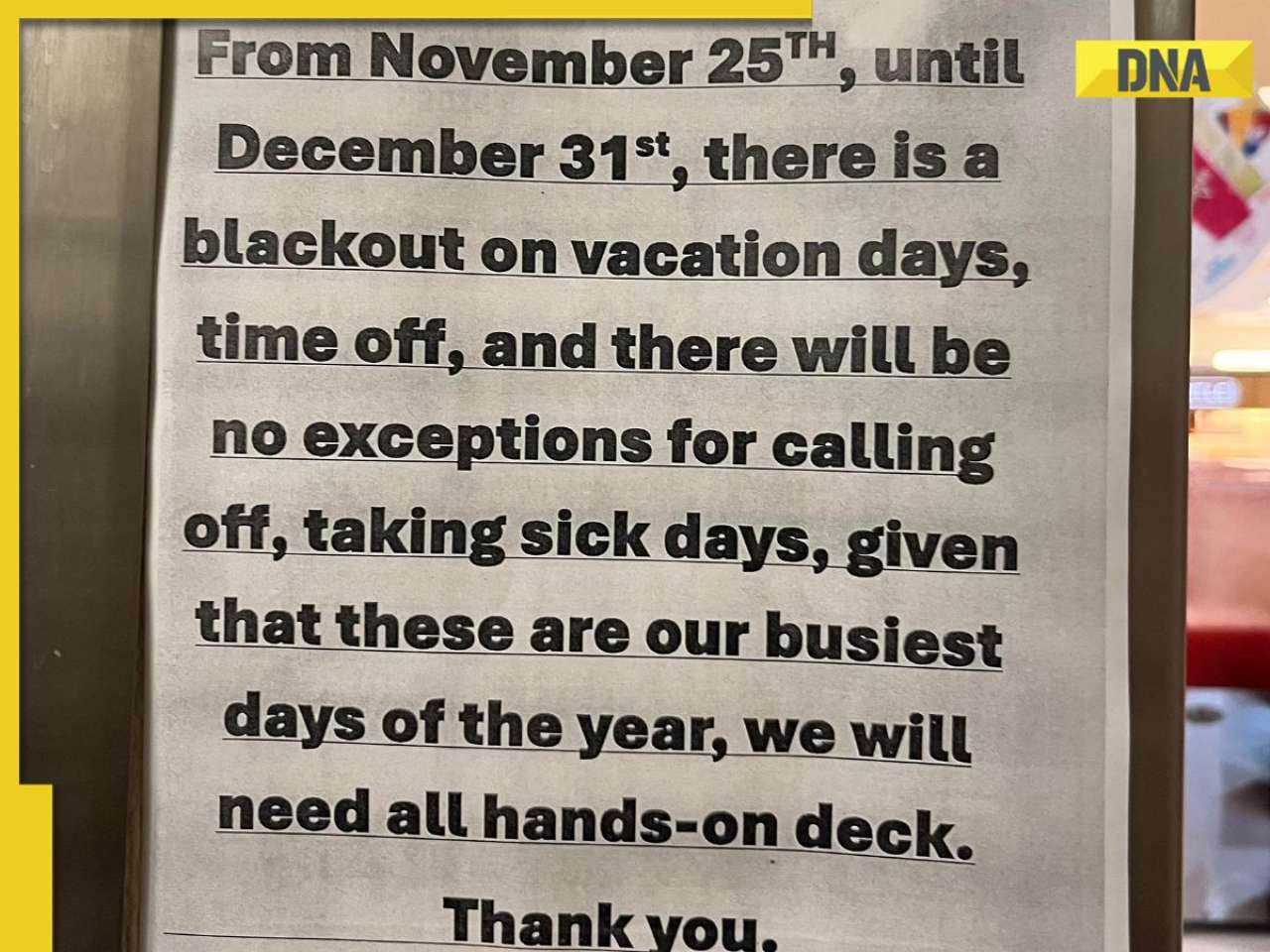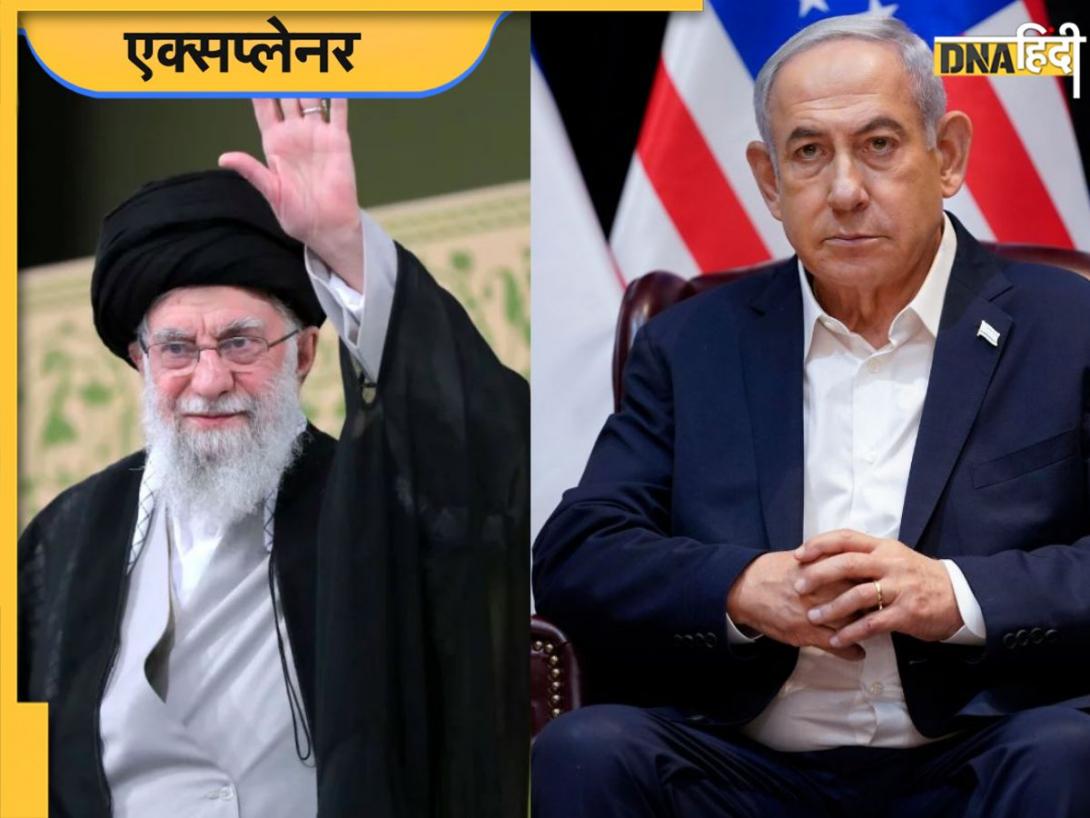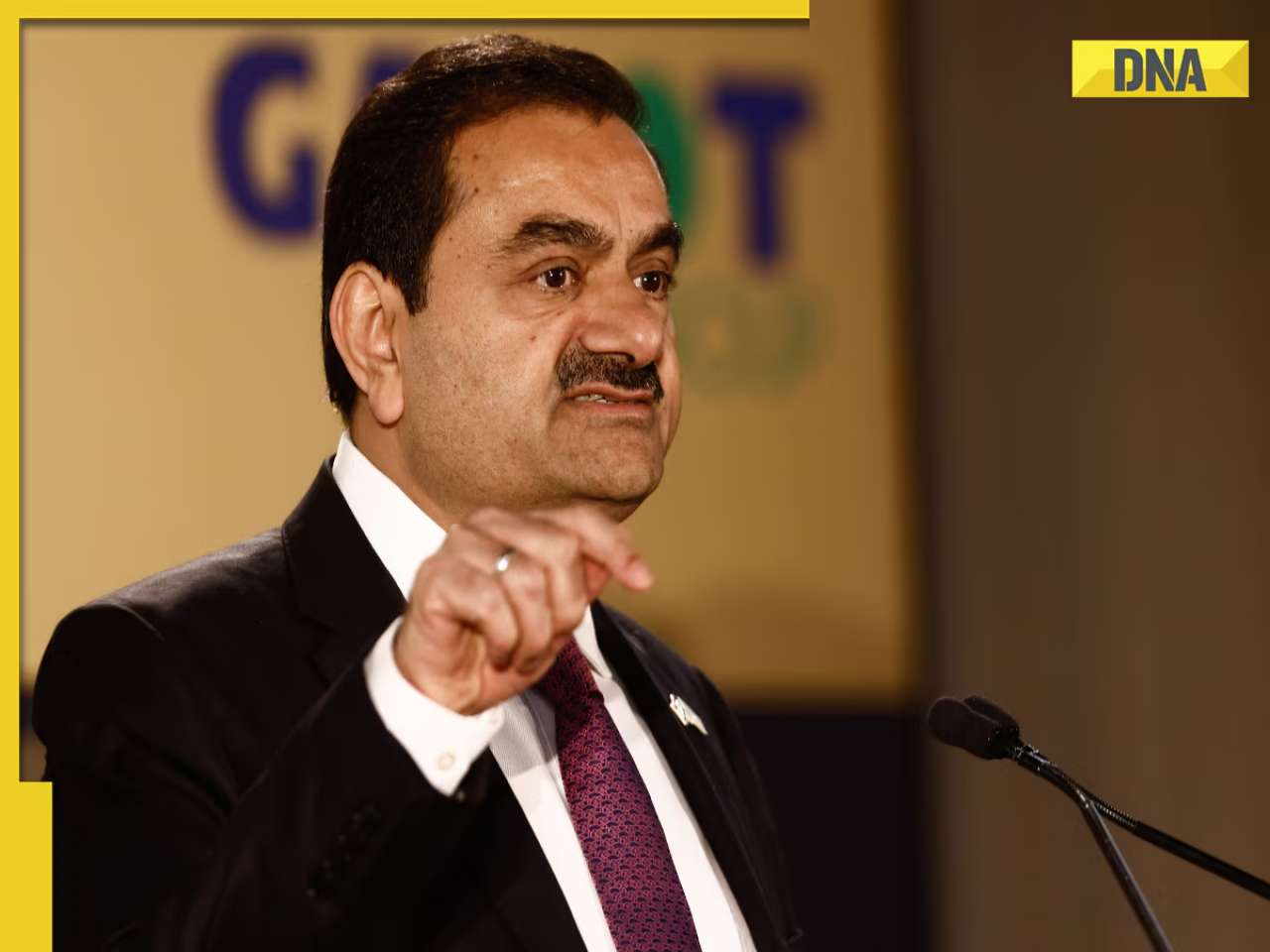At the beginning of the election campaigns, candidates from the Democratic and Republican parties take part in televised debates. During these debates, they face challenging questions about their policies and have the opportunity to defend their positions against their opponents
The US Presidential election process can be lengthy and complex. With the final presidential poll scheduled for November 2024, Donald Trump achieved an important win in Iowa’s first caucus on Monday (January 15) night. But what exactly are these caucuses and how do they differ from primaries? What is the process for nominating candidates, and how do elections work in the US?
At the beginning of the election campaigns, candidates from the Democratic and Republican parties take part in televised debates. During these debates, they face challenging questions about their policies and have the opportunity to defend their positions against their opponents.
The US election process follows these steps every four years:
STEP 1: PRIMARIES AND CAUCUSES
The key voting events—primaries and caucuses—play a crucial role in choosing delegates who will represent the public at the forthcoming conventions. These two methods allow citizens to help states and political parties choose presidential candidates.
Primaries are where party members vote for the best candidate who will represent them in the general election. Primaries are held in most states about a half year to nine months before the prez poll. Primary voters choose their candidate through a secret ballot. But the results from New Hampshire, Iowa, South Carolina and Nevada are primarily under the spotlight. The results in these regions normally decide who each party’s final prez nominee will be.
Caucuses are meetings where party members gather to discuss and decide on their preferred candidates for a forthcoming election. Unlike a primary, where voting happens privately, caucuses involve open discussion and often require participants to physically show their support for a candidate. It involves local party members selecting delegates to attend the national party convention. Essentially, a caucus serves as an alternative to primary elections.
STEP 2: US NATIONAL CONVENTIONS
To become the presidential nominee, a candidate must win a majority of the delegates. Afterwards, each party holds a national convention to choose their official presidential nominee. At this point, delegates chosen during the primaries and caucuses will support their preferred candidates. Simply put, each state delegate attends the national convention to vote for their choice.
The final presidential nominee for each party is officially announced at the end of these conventions. If no candidate wins a majority of a party’s delegates during the primaries and caucuses, the convention delegates will select the nominee instead. This is done through extra rounds of voting. At the convention, the presidential candidate selects a ‘running mate’, who will be the vice-presidential candidate. After that, they campaign across the country to gain support from the general public.
STEP 3: PRESIDENTIAL GENERAL ELECTION
In general elections, people in every US state vote for one president and one vice-president. The names of the candidates will appear on the ballot for the election. Candidates from smaller political parties and Independent candidates may not hold a national convention. However, they can appear on the ballot in different states if they meet the necessary requirements.
Elections are held on the first Tuesday in November. When people vote, they are actually voting for a group called electors. Each presidential candidate in each state has their own set of electors, known as a slate. So, when people vote for a presidential candidate, they are really voting for the electors that support that candidate.
STEP 4: THE US ELECTORAL COLLEGE
In the US, citizens do not directly elect the president and vice-president. Instead, they are chosen by ‘electors’ through a system known as the Electoral College. The Electoral College is a system where electors from each state vote to decide who will be president. Each state has a number of electors that reflects its population size and is based on its representation in Congress. There are 538 electors chosen based on each state’s rules. After the general election, each elector casts one vote and the candidate who receives more than half of the votes (at least 270) wins.
That is why the general election in November does not directly show who will win. Sometimes, a candidate can win the presidency by getting more electoral votes even if they do not have the most popular votes from the people.
HOW ELECTORAL COLLEGE PROCESSES WORK
Typically, the candidate who receives the most votes in a state gets all of its electoral votes. As VOX Media explains, if a candidate wins the state by just 1 per cent, they receive 100 per cent of the electoral votes. This is why the number of electors in each state is so important.
1. After people vote for president, their ballot is added to the statewide total. In 48 states and Washington, DC, the candidate who wins the most votes gets all the electoral votes from that state. However, Maine and Nebraska—the two US states that use a unique method for assigning their electoral votes—use a proportional system to assign their electors. Unlike most states that follow a ‘winner-takes-all’ approach, these states distribute their electoral votes based on the proportion of votes each candidate receives in the election.
2. To win the presidential election, a candidate needs at least 270 electors’ votes, which is more than half of the total electors. Candidates concentrate their efforts on swing states, which can vote for either party. According to Euronews, Florida, Pennsylvania, Wisconsin, Michigan, Ohio and Arizona are the key swing states. Winning these states is crucial for reaching the important total of 270 electoral votes.
3. Usually, a projected winner is announced on election night in November after people cast their votes. However, the official Electoral College vote happens in mid-December when the electors meet in their states to formally confirm the results of the election. Finally, the newly elected president and vice-president take office in January.
RECONFIRMATION OF ELECTION RESULTS
1. Meeting of Electors: Each state’s electors gather together on a designated day in December
2. Casting Votes: The electors cast their votes for the candidates they are pledged to support, based on the outcome of the general election
3. Submitting Results: After voting, the electors send their results to Congress and keep official records of their votes. This process ensures that the election results are officially documented and verified before the new president and vice-president take office in January
(The author of this article is a Defence, Aerospace & Political Analyst based in Bengaluru. He is also Director of ADD Engineering Components, India, Pvt. Ltd, a subsidiary of ADD Engineering GmbH, Germany. You can reach him at: girishlinganna@gmail.com)
Disclaimer: The views expressed above are the author's own and do not reflect those of DNA







)
)
)
)
)
)
)
)
)
)
)
)
)
)
)
)







